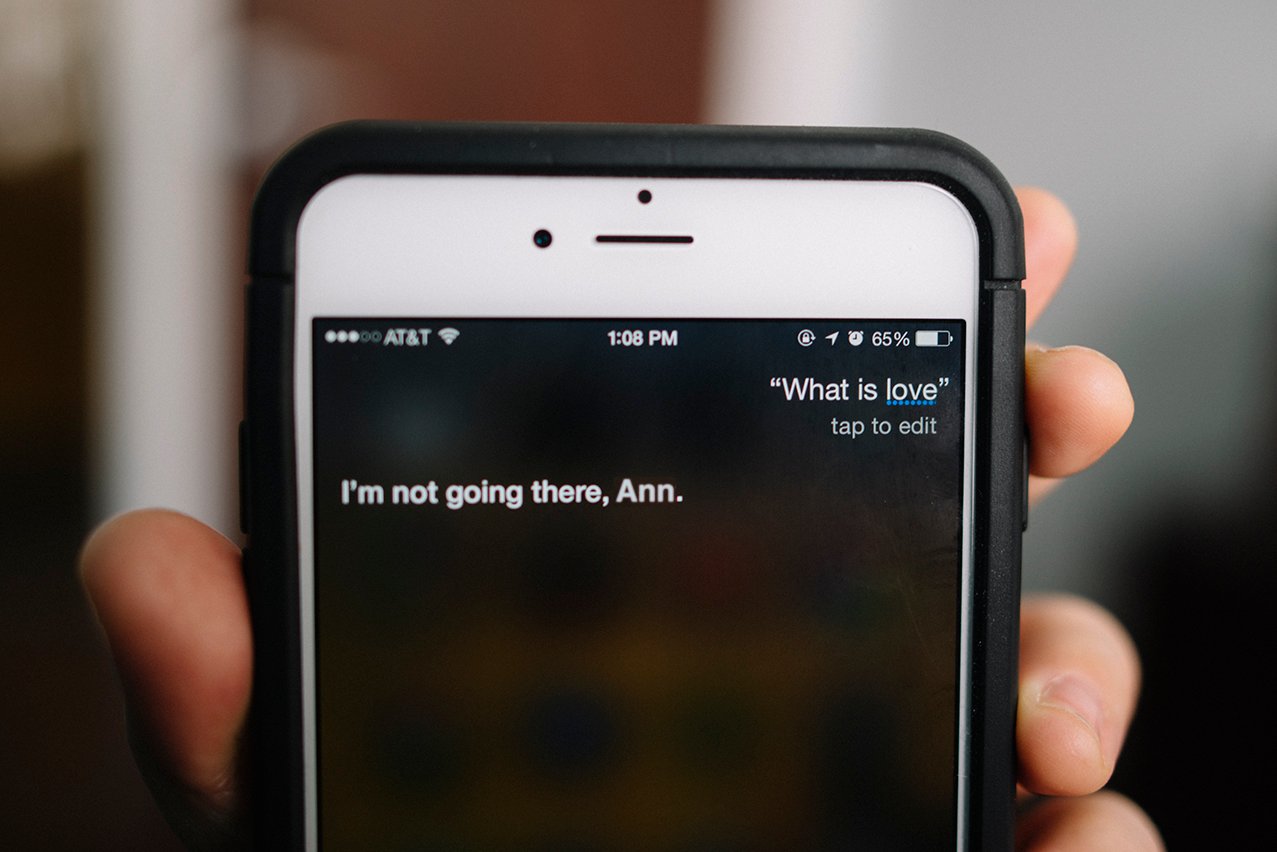Prototyping in the Renaissance
Prototyping is an essential part of the SAM design process. This is not a new phenomenon, but a practice that has been too long left out of the design process for instruction. I was in Florence, Italy recently and was pleased to discover evidence of how a sort of prototyping was in use centuries ago. This short video pulls together a great sculpture and a rough study done to demonstrate the concept, both works on display across town from each other.
One truth about design is that you never know what the best solution is until you experiment. We can’t know off hand what the optimal solution for a training problem is until we ask some “What if…?” questions and test our assumptions with real learners. We can be sure that blindly applying a solution to a previous problem is unlikely to be ideal. Yet that is so often what is done: designers use ineffective interaction formats simply because they are readily accessible in most authoring tools, and then churn out many hours of e-learning before even checking how the instruction will be received and whether it will be effective in any way. The limitations of the tools and materials at hand shouldn’t dictate the solution. Certainly, the practicality of an implementation depends on the availability of resources, but if those limits are used as the driving force behind a design, we’ll never extricate ourselves from the morass of ineffective designs that we too often are mired in
Set the stage with storyboarding
Storyboards are a common device for planning an e-learning module. In many ways, storyboards are exactly what you don’t want to use in the early stages of design. Storyboards often provide detailed documentation of content and specs for an operation that may be accurate but fail to represent interactivity, which is really the most important thing to get right. In a storyboarding process, very much effort is put into defining the content and then building it out in the delivery platform before stakeholders ever have representative exposure to the ultimate experience. The result of this is very often content-bound instruction that fails to take advantage of the unique qualities of interactivity.
Prototyping during the initial design of a product offers these critical advantages:
- Effective sharing of the experience among stakeholders and the project team
- Opportunity to evaluate the interactivity experience BEFORE investing in time-consuming production and media
- Visual conceptual representation of ideas leading to more diverse and imaginative ideas for improvement
- Tool to help “sell” an idea to decision-makers
- Mechanism to gather input from potential-learners
- Reduce the likelihood of expensive rework late in the development process
As you can see, prototyping is a tactic as old as time itself - and we can use these tools to create Meaningful, Memorable, and Motivational training solutions. Just like our Renaissance sculptor Giambologna, we can use prototyping to ensure the long-lasting impact of our efforts. Although we may not have the same cultural impact as Renaissance artists, we should use our tools to create a difference in our world of learning.
-1.png?width=75&height=75&name=Copy%20of%20It%20is%20not%20the%20strongest%20of%20the%20species%20that%20survive%2c%20nor%20the%20most%20intelligent%2c%20but%20the%20one%20most%20responsive%20to%20change%E2%80%99%20(11)-1.png)





Comment